Climate change and environmental degradation are among the most critical challenges facing the world today. The year 2024 stood as a stark reminder of the pressing and escalating environmental and climate crises. From record-breaking temperatures to intensified natural disasters, the year’s events underscored the urgency of global action.
By participating in this conversation, we hope to contribute to raising awareness about the accelerating impacts of climate change, biodiversity loss, pollution, and deforestation. This blog post captures the key environmental and climate-related developments of 2024, supported by data, illustrations, and sourced information.
Unprecedented Global Warming
2024 shattered global temperature records, with the Earth experiencing an average rise of over 1.5°C above pre-industrial levels for the first time. This milestone highlighted the accelerating impacts of anthropogenic climate change.
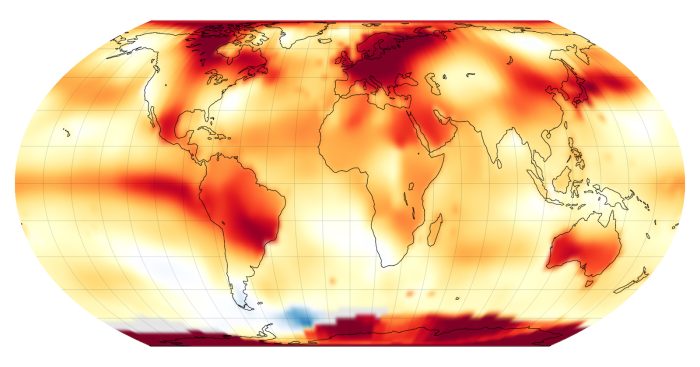
Key Highlights:
- July 2024: Recorded as the hottest month in history.
- Heatwaves: Severe heat affected Europe, North America, and Asia, with temperatures soaring above 48°C in parts of Southern Europe.
Source: World Meteorological Organization (WMO)
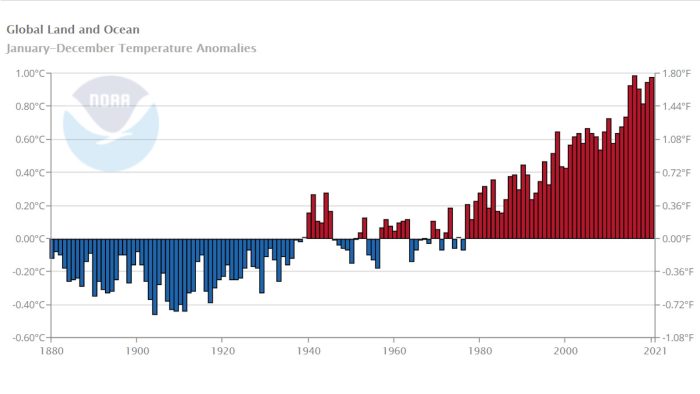
Escalating Weather Extremes
The frequency and severity of extreme weather events surged in 2024, affecting millions worldwide:
- Flooding:
- Catastrophic floods in Valencia, Spain, caused widespread destruction and loss of life.
- Nigeria and Pakistan faced recurring flood crises, displacing millions.
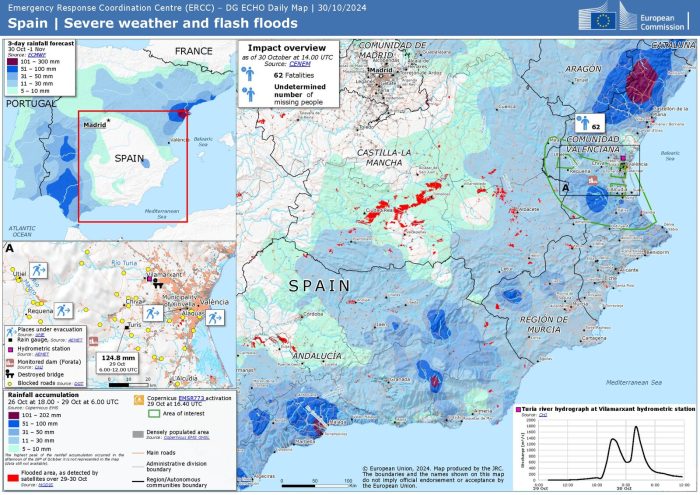
- Wildfires:
- Devastating fires in Canada consumed over 10 million hectares of forest.
- The Amazon rainforest experienced record-breaking fire activity, further exacerbating deforestation.
Source: Global Disaster Alert and Coordination System (GDACS)
Oceanic and Polar Distress
The state of the world’s oceans and polar regions deteriorated further in 2024, driven by rising temperatures and unchecked exploitation.
Melting Ice and Rising Seas:
- Greenland’s ice sheet lost an estimated 400 gigatons of ice in 2024.
- Antarctic sea ice reached its lowest extent on record during the winter months.
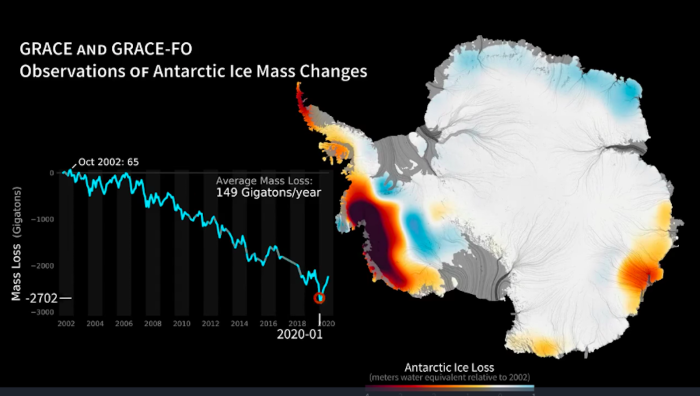
Marine Ecosystem Collapse:
- Coral reefs experienced mass bleaching events, threatening 25% of marine biodiversity.
- Overfishing and plastic pollution continued to decimate ocean ecosystems.
Source: National Snow and Ice Data Center (NSIDC)
Biodiversity Crisis
The world’s biodiversity faced relentless pressure in 2024:
- Species Extinction: The IUCN reported that 28% of species assessed were at risk of extinction.
- Deforestation: The Amazon and Southeast Asia saw accelerated deforestation rates, exacerbating habitat loss.
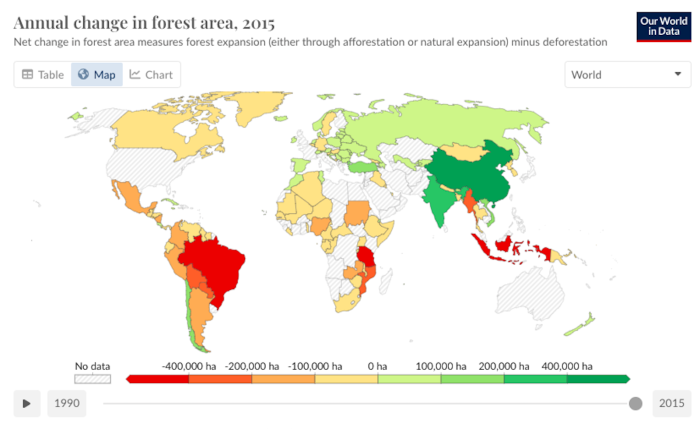
Source: International Union for Conservation of Nature and Natural Resources
Economic and Social Impacts
Economic Losses:
- The global economy suffered estimated damages exceeding $400 billion due to climate-related disasters.
- Climate change posed significant economic threats to developing nations, with projections of reduced GDP growth in affected regions.
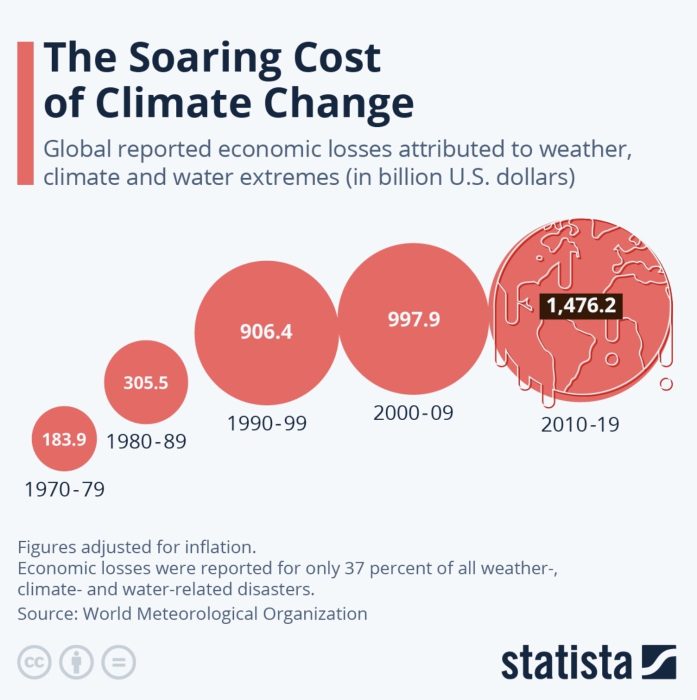
Social Unrest:
- The term “greenlash” emerged to describe backlash against environmental policies, fueled by economic and political challenges.
- Communities worldwide grappled with displacement and food insecurity exacerbated by environmental degradation.
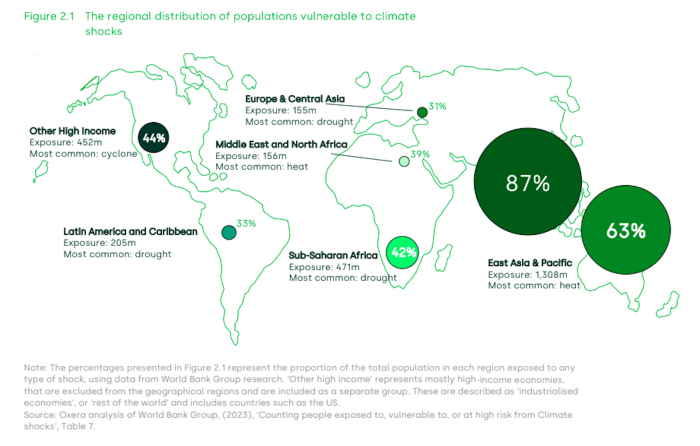
Efforts and Challenges in Climate Action
While 2024 witnessed worsening environmental conditions, there were glimpses of hope:
- Renewable Energy Growth:
- Global renewable energy capacity expanded by 15%, led by solar and wind power.
- Nations like India and Germany achieved significant milestones in green energy adoption.
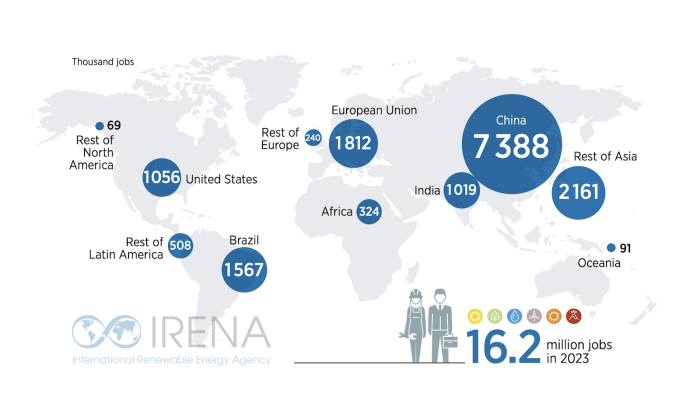
- Policy Initiatives:
- COP29 saw renewed commitments to methane reduction and phasing out coal.
- Grassroots movements played a pivotal role in pushing for sustainable practices and climate justice.
Source: International Renewable Energy Agency (IRENA)
Conclusion
The environmental and climate challenges of 2024 present a sobering reality for our planet, highlighting the urgency of action to prevent further degradation. From extreme weather events to ecosystem collapse, the impact of human activity on the Earth has never been more apparent. However, these challenges also serve as a call for transformative change—demanding global cooperation, innovative solutions, and individual accountability. While the path forward is fraught with obstacles, the opportunity to mitigate damage and secure a sustainable future remains within our reach. By acting now, we can reverse some of the damage, protect vulnerable ecosystems, and build a world that prioritizes both environmental sustainability and human well-being.
